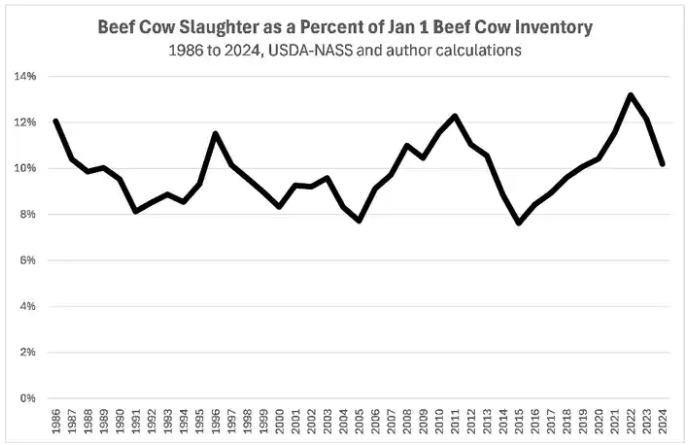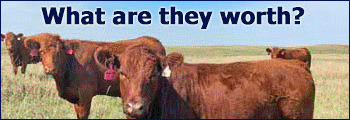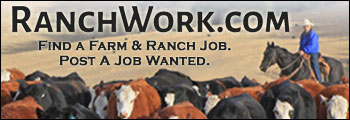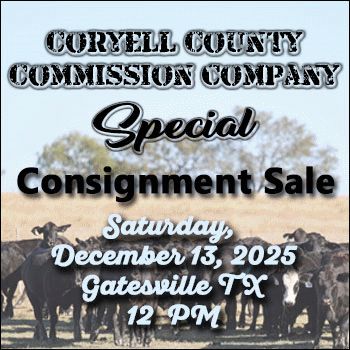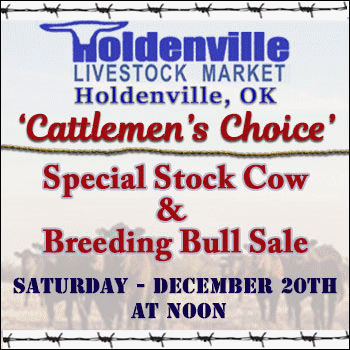Changes in beef cow inventory are driven by two factors… How many new bred heifers enter the herd each year and how many cows exit the herd through culling and death loss.
As is always the case when calf prices are high, much discussion has been focused on heifer retention thus far in 2025. Heifers as a percentage of on-feed inventory has been decreasing, but not at a rate that suggests widespread retention. I would expect heifer retention to increase for the rest of 2025 if calf prices stay high and weather cooperates.
However, it is important to remember that there is a time lag between heifer retention and the associated impact on the size of the cow herd. A heifer calf born in the spring of 2025 would likely not have her first calf until spring of 2027 and would not wean that first calf until that fall. The point here being that heifer retention in the second half of 2025 most likely impacts the size of the cow herd in 2027, not 2026.
While there is some delay between heifer retention and cow herd expansion, the impact of cow culling patterns is seen much faster. This is an important point right now because cow slaughter was down by more than 17% through mid-May. If that trend continues through the rest of the year, beef cow slaughter would be at the lowest levels we have seen since 2015. Despite very strong cull cow prices, cattle producers appear to be keeping cows a bit longer in hopes of getting another high-value calf.
For additional perspective, I like to consider beef cow slaughter as a percentage of Jan. 1 beef cow inventory. This is tracked in the figure below from 1986 to 2024 and estimates the percentage of the beef cowherd that was culled each year. During this time, the beef cow slaughter rate averaged just under 10%, but ranged from 7.6% in 2015 to 13.2% in 2022. The high cull rates from 2021 to 2023 also partially explain the lower rates today as the cowherd likely got younger during that time.
If the current pace continued for the remainder of 2025, beef cow slaughter would come in at about 8.5% of January 1 beef cow inventory. Holding everything else constant, this is a number that would tend to suggest the cow herd would grow. This will be somewhat offset by limited heifer inventory coming into 2025 and it was because of that limited heifer inventory that I had been expecting beef cow numbers to remain steady or slightly decrease this year.
There is still potential for the pattern to change, but the pace of beef cow slaughter through mid-May does suggest that a slight increase in beef cow inventory is possible for 2026.
Articles on The Cattle Range are published because of interesting content but don't necessarily reflect the views of The Cattle Range.
